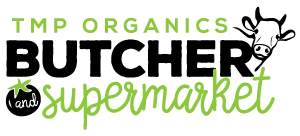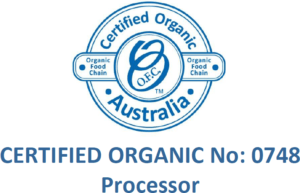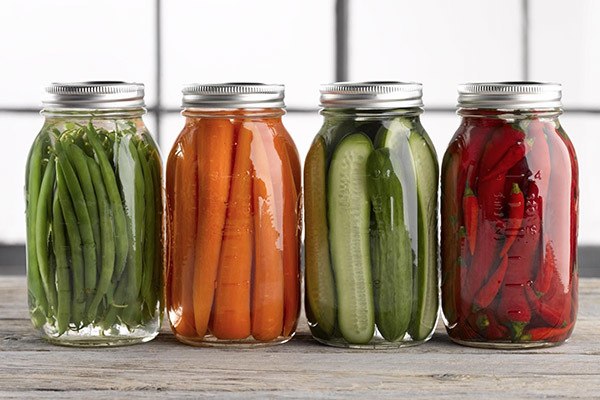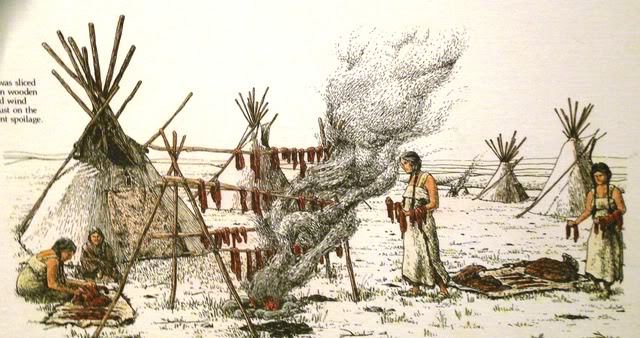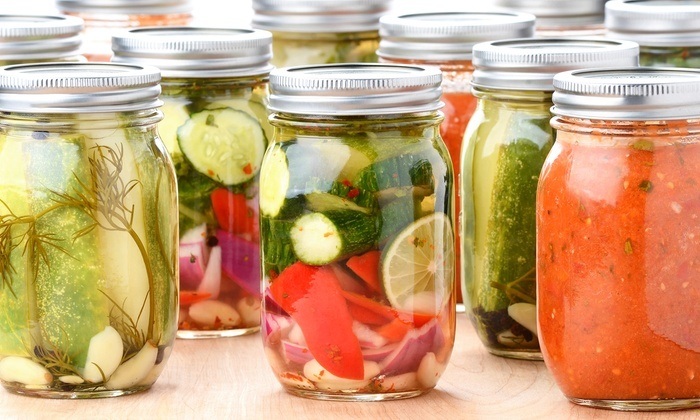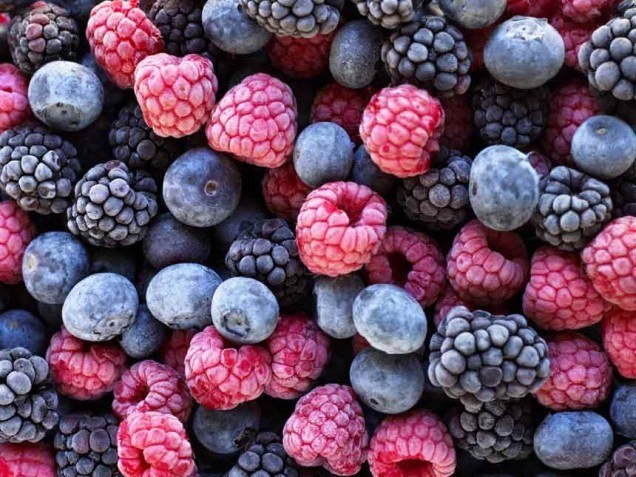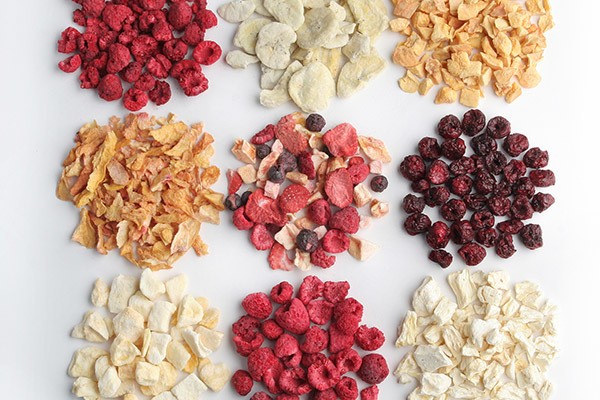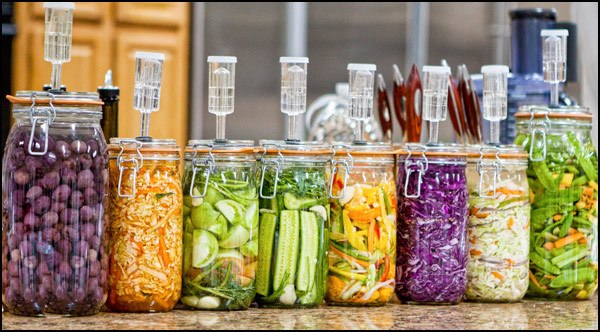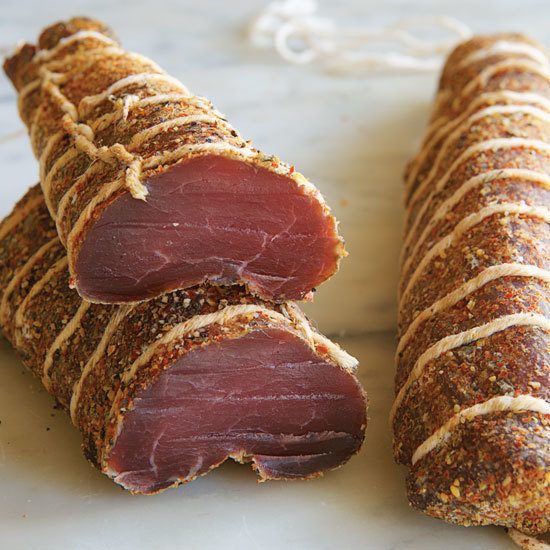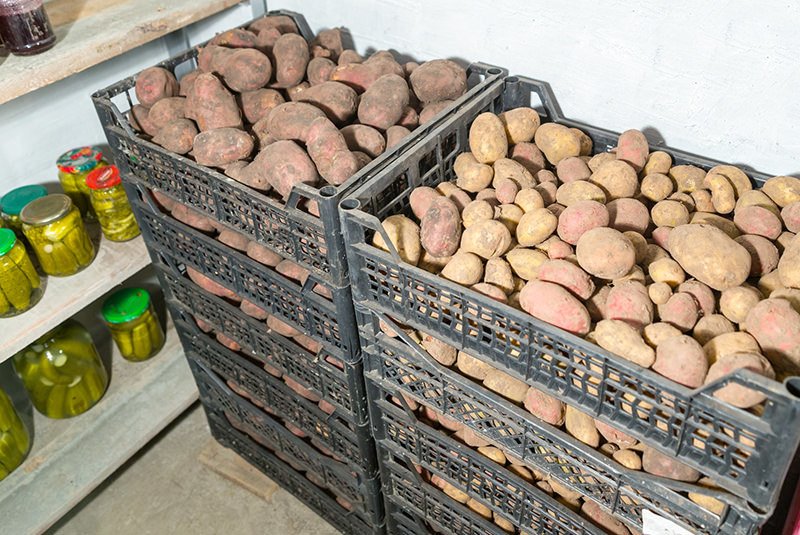Food preservation may seem like a thing of the past, a method used ‘back in the day’ when fresh produce was scarce in the cooler months, but it certainly has its place in the modern world and we use several methods every day without even thinking about it.
While our ancestors dried food for long journeys or fermented food for better nutritional value, food preservation can be used today to not only keep food for longer but also to reduce waste, save money, and enjoy local and seasonal produce year round.
Native American Indians would dry buffalo meat to preserve it and to make it lighter to carry.
Common food products such as yogurt, cheese, salami, dried fruits, pickled vegetables, canned beans, frozen peas and even beer use various methods of preservation, however many of these store-bought products have been imported and add up on the shopping bill. You can start using local produce and learn to ferment at home to save money and use fruit and vegetables you may have otherwise thrown away.
The best part about using local seasonal produce is that it’s nutritious and flavoursome, it’s cheaper, it supports our local farmers, and it hasn’t traveled half way around the world to get to you so it’s better for the environment.
Preservation Methods
Humans have been preserving food for thousands of years. Some anthropologists even believe that mankind settled down from nomadic wanderers into farmers to grow barley to make beer in roughly 10,000 BC. Food preservation can be found in every culture on the planet. Our long history of preserving food means that we now have a wide variety of time-tested ways to keep food around longer, many of them very basic.
Maturity vs Ripeness
It’s good to understand the difference between maturity and ripeness when preserving fruits and vegetables. Maturity means the produce will ripen and become ready to eat after you pick it. Ripeness occurs when the colour, flavour, and texture is fully developed.
Here’s a guideline to the best preservation methods based on maturity or ripeness of your produce:
Mature, slightly underripe produce is optimal for canning, pickling, and jamming.
Ripe produce is best for fresh eating, drying, cellaring, and freezing.
Overripe produce (but not decaying or mouldy) is suitable for fermenting.
The most common methods of preserving food at home today are canning, freezing and drying, however there are other ways to preserve food.
Here are some popular methods along with some old-fashioned or ancient techniques:
CANNING
The food is heated at a specified temperate for a certain length of time (pasteurising) and then vacuum sealed in special glass jars. Canning will work for most foods including fruits, vegetables, meats and seafood.
Special Equipment
You must use special glass jars with two-piece canning lids designed for this purpose.
FREEZING
Fruits, vegetables, meats, seafood, nuts, grains, dairy and eggs can be frozen, however foods must be chilled to at least -18 celsius.
Foods that love to be frozen:
– Bread. Just slice it first!
– Soups, stews and stocks.
– Cooked rice. Great to have on hand for egg fried rice.
- Meat & fish – although they will lose some moisture upon thawing.
- Bacon. Great to keep on hand for when there’s an emergency call for pork products.
– Bananas. Great for making banana bread or if you remember to peel them first almost instant ‘ice cream’.
– Berries. If you ever find yourself with a berry glut, freeze them in a single layer on a tray. Then pop them in a freezer bag or container.
– Pastry. I always make more than I need then freeze the rest for later.
– Fresh chilli, horseradish, turmeric & ginger. Great to have on hand.
– Herbs. While they will lose their fresh appearance, the flavour will still be great. Especially good for the woody herbs like rosemary & thyme.
Foods that don’t freeze so well:
– Dairy products – except for butter.
- Whole eggs – because they crack on expanding.
– High moisture fruit & vegetables – like celery or lettuce. When the water expands it damages the vegetable cell walls which turns them to mush when they thaw out.
– Garlic.
– Jam. The pectin which causes the jam to gel breaks down at freezing temperatures.
– Mayonnaise.
DRYING
Drying is the process of dehydrating foods until there is not enough moisture to support microbial activity. Fruits, vegetables, meats, seafood, grains, legumes and nuts can be dried.
Special Equipment
– Oven, or
– Electric dehydrator
Common dried foods:
– Instant coffee
– Evaporated and powdered milk
– Instant noodles
– Oatmeal
– Instant soup
– Sugar
– Dried apricots, banana and apple
– Desiccated coconut
– Dates
– Dried figs, goji berries and raisins
– Nuts
– Sun-dried tomatoes
– Rice
– Jerky
– Pancetta, Salami, Pastrami and Prosciutto
FERMENTING
Many foods can be fermented, which means that good bacteria is encouraged to grow to counteract bad bacteria in order to preserve the food. Examples of fermented products are wine (from grapes), sauerkraut (from cabbage), cured sausage, and yogurt (from milk).
PICKLING
Pickled foods can be unsafe if prepared incorrectly, so another method of preservation is often used in conjunction with pickling such as fermenting or canning. Pickling requires the food to be soaked in a solution containing salt (brine), acid (vinegar or lemon juice), or alcohol and can be done with a wide variety of foods.
DRY SALTING
This old-fashioned method was used in the early twentieth century as an alternative to canning. Dry salting is either a fermenting or pickling technique used for meat, fish, and vegetables, and can produce a favourable taste to canned or frozen food.
CURING
This can be a complex method of preservation requiring special technique and know-how. Curing is similar to pickling in that it uses salt, acid, and/or nitrates. It is used specifically for meat and fish.
SMOKING
Smoking can act as a drying agent while also improving flavour and appearance. Smoked meats are less likely to turn rancid or grow mould than unsmoked meats.
SEALING
Sealing keeps air out which delays spoilage, but does not stop it. It is often used in conjunction with drying or freezing. Vacuum sealing is a relatively inexpensive and simple method of food preservation.
CELLARING
Cellaring can be used for many foods such as vegetables, grains, nuts, fermented foods and dry-cured meats. It is the process of storing foods in a temperature-, humidity-, and light-controlled environment.
Ready to get started?
The start of winter is the perfect time to make large batches of soup and freeze, create ferments like sauerkraut and kimchi, dry or can tomatoes, or dry fruits now going out of season.
Come into TMP Organics for your fresh produce and try your hand at one of the methods of food preservation mentioned in this article. We’d love to see how you go!
